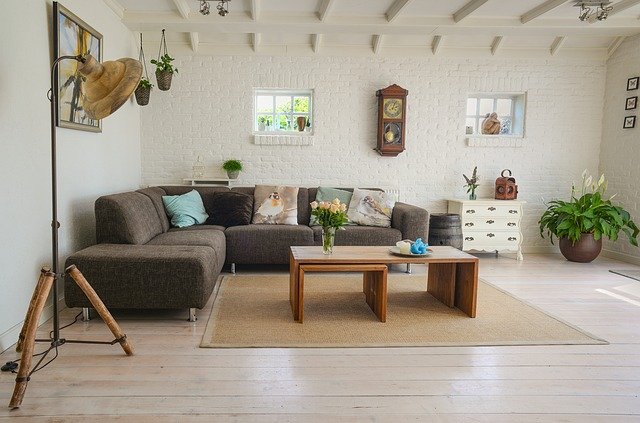It wasn’t long ago that the majority of couches and sofas built in the United States were made in small shops employing less than 50 people. Single highly skilled upholsterers worked on a single piece at a time to create products.
It is common for large U.S. chain retailers to sell upholstered furniture produced in large factories in mass quantities.
It is most efficient to produce large numbers of identical items in cells where low-skilled (low-paid) workers are assigned to repeatedly construct single parts of each couch.
As an example, one worker may complete only the outside armrest, another person may finish only the inside armrest, another person may finish only the outside backrest, etc.
The following are the steps involved in assembling a modern mass-produced sofa:
Build a frame
As a starting point, you need to build a frame, which can be made out of plywood, composite wood products, or cheap solid wood like rubberwood in Asia and pine in Europe. Finally, you need to attach the frame with staples and/or screws and other hardware.
Sitting and back areas need flexible support surfaces. The most commonly used materials are special plastics due to their cheap price.
Nail guns are used to staple the composite elastic fabric bands onto the frame evenly.
Alternatively, you could use S-shaped springs (also known as sinuous wires or zig zags). A protective layer of non-woven fabric could also be applied over this basic structure.
If you are looking for a U Shaped Sectional Sofa for living room, check this guide.
Covers the frame with padding and Cushions
Padding and cushions cover the basic frame of this sofa. According to the style and shape of the sofa, different methods and materials are available.
In order to create the basic shapes, you can glue pre-formed polyurethane foam shapes together as you need them to create the various looks.
In the next step, we will cover the sofa. In order to make the fabric covers fit the frame and upholstery of the sofa, they are glued, stitched or stapled onto the sofa.
There is a separate cushion production process. Even a small reduction in labor time or material cost can add up over time when production is thousands of pieces.
In order to minimize these costs, it is recommended to use foam that will last through the warranty period at the lowest cost.
Spring or foam core in cushions
Over the foam core of cushions, there is usually a fiber wrap made of dacron. The foam is sometimes covered with a fabric ticking underneath the fabric cover.
Pillow inserts are stuffed through tiny zippers using pneumatic machines, which simplify the process of stuffing cushions and reduce the need to spend several minutes manually stuffing them.
Legs are fitted to the sofa
Following that, the legs are installed, which may be built into the frame or typically screwed into the base. Wooden or metal frames are used in some styles.
For the final touch, staple a sheet of non-woven textile to the bottom of the sofa to protect it from dust.
For higher-end couches, materials are more expensive and setup and preparation require more skill and workmanship. This would complement the basic method outlined above.
There are different types of joints, such as:
Joints with mortise and tenons:
A 90-degree angle between two pieces of wood gives this method its strength. An incredibly precise fit is made between two pieces of wood with holes in them.
An end-to-end dowel:
Generally, a dowel is made up of a small cylinder of wood. Using it holds two pieces of wood together by inserting it into a small round hole drilled into each. In a double dowel joint, two wood dowels hold together the two pieces of wood. In many upholstery frames, this method is found, along with mortise and tenon construction, despite not being as sturdy as mortise and tenon construction.
Blocks with reinforced corners:
It is important to reinforce the corners of wood furniture since they are weak points. A triangular piece of wood is secured at an angle with glue and staples or screws.
Reinforced joinery:
In this article, we discuss how things are kept in place by a layer of support. You can strengthen the joint by using staples, screws, or glue.
Thanks for reading this, also take a look urban air adventure park hope you like it.
